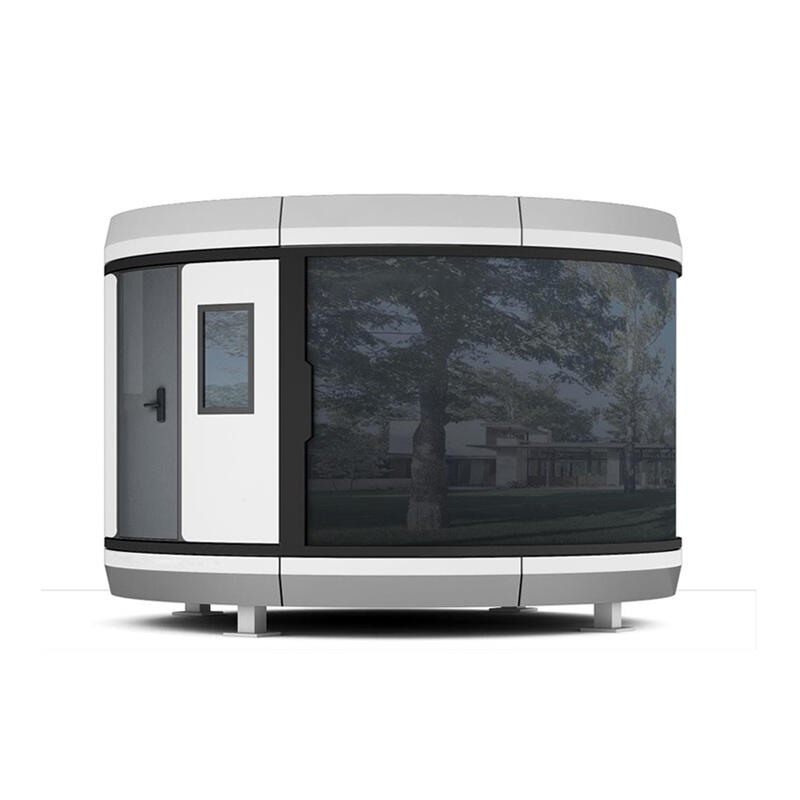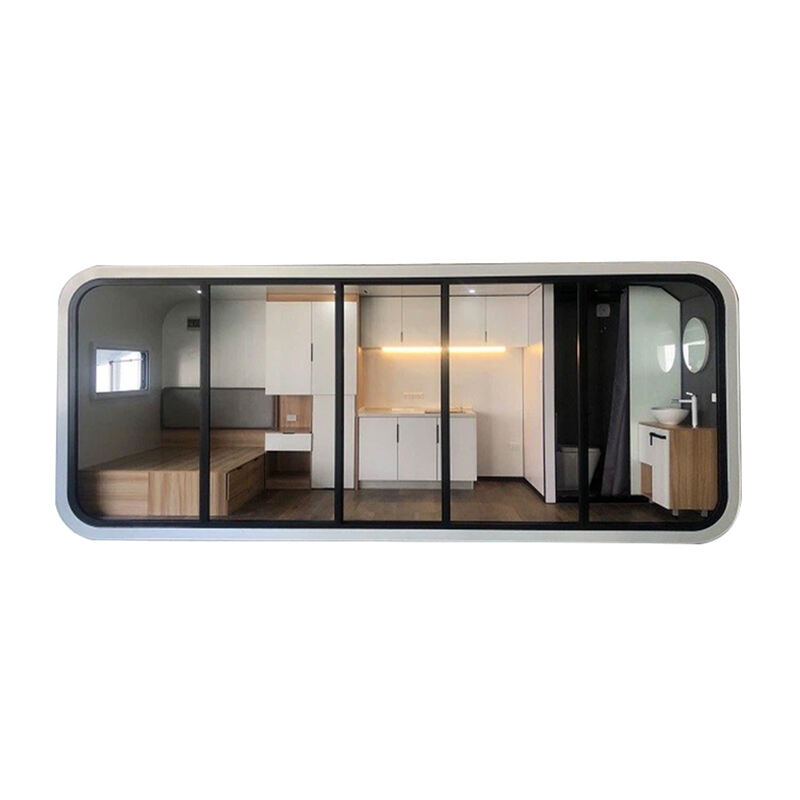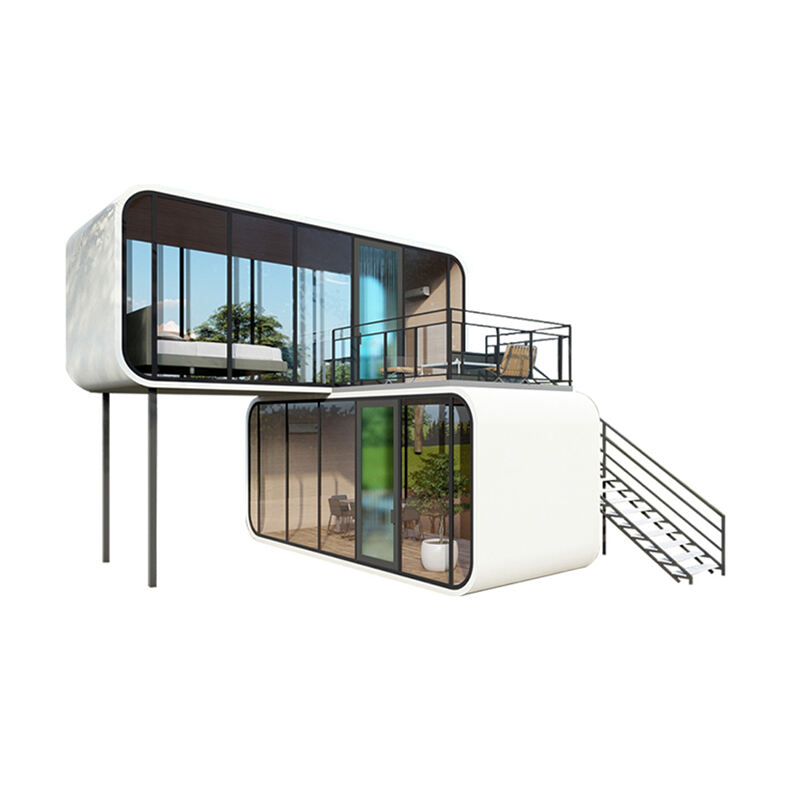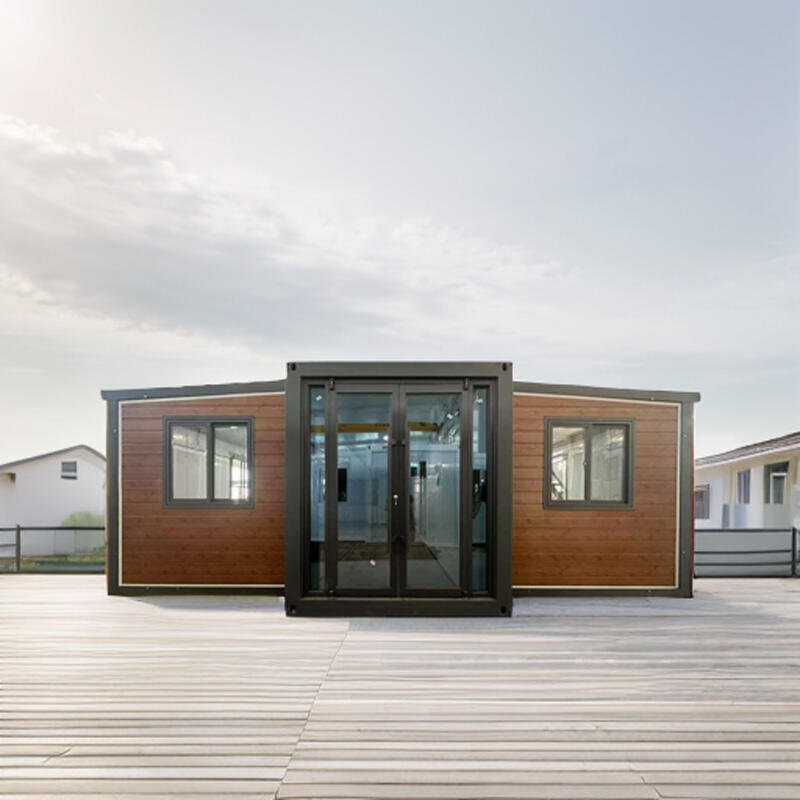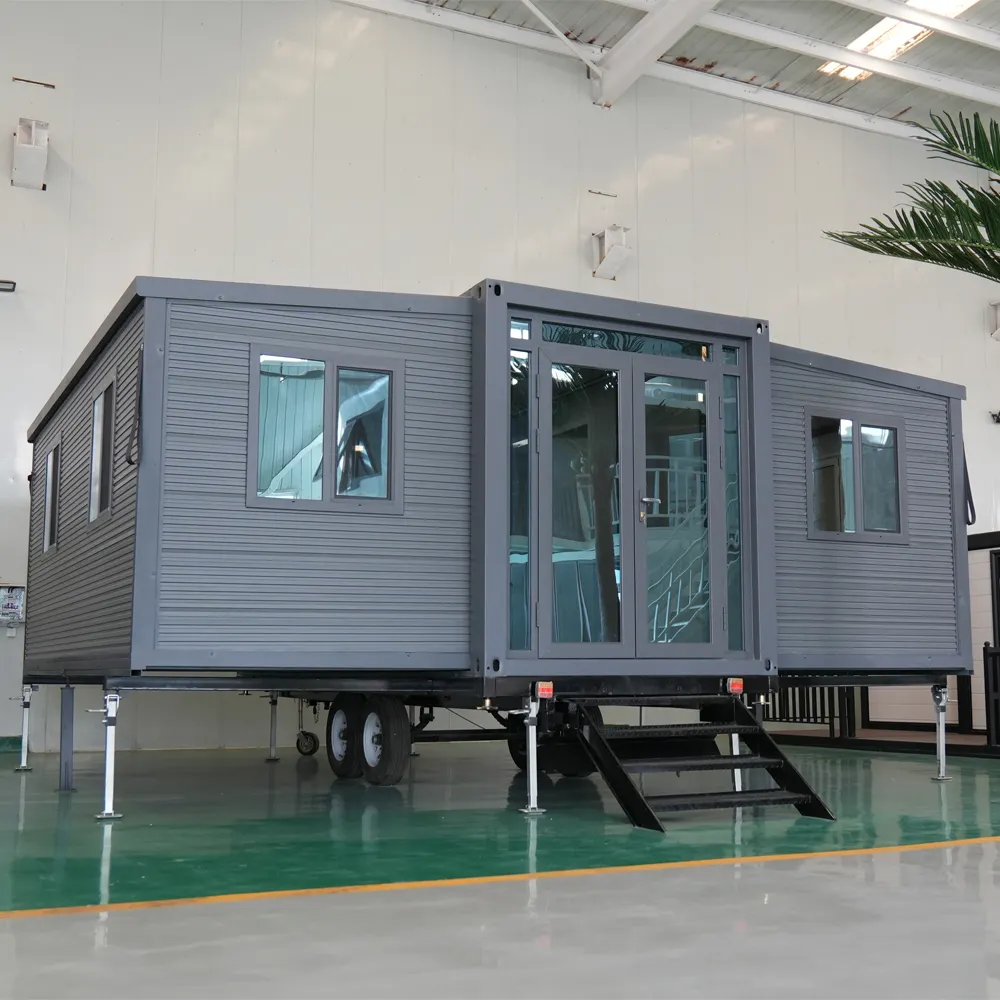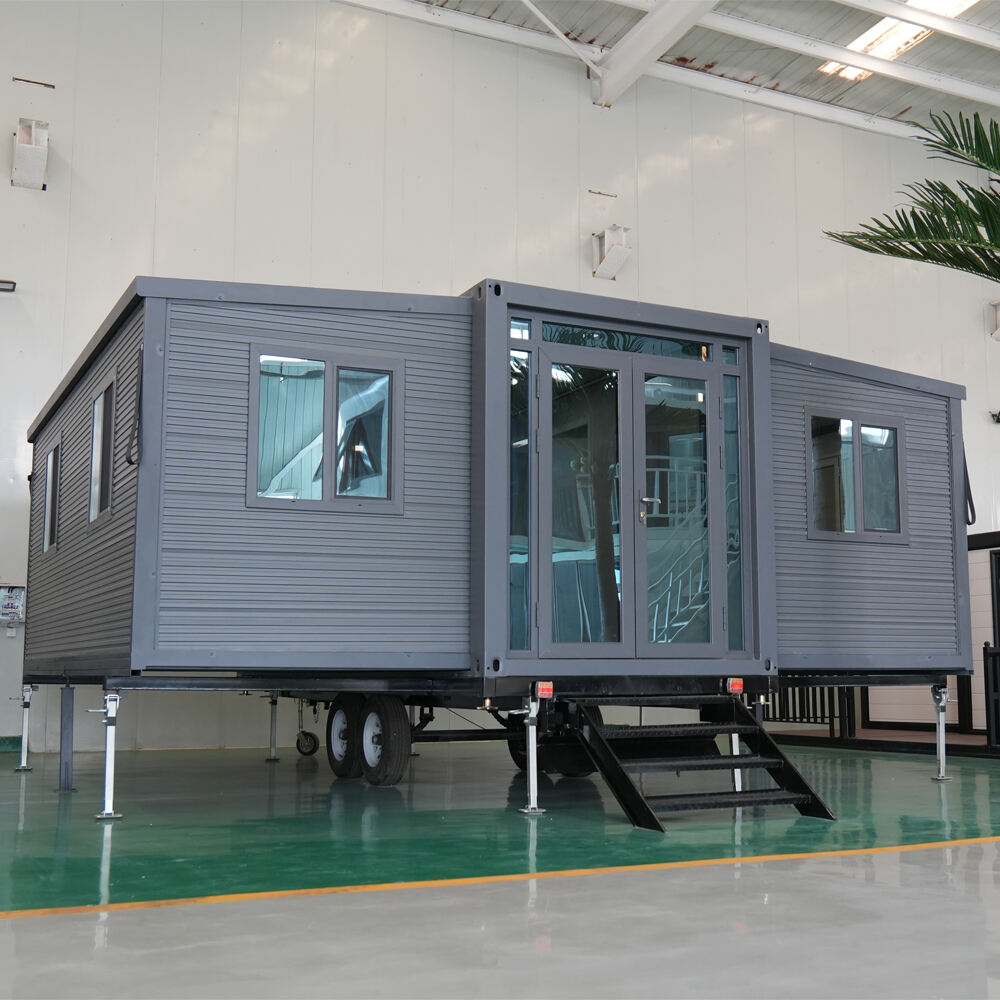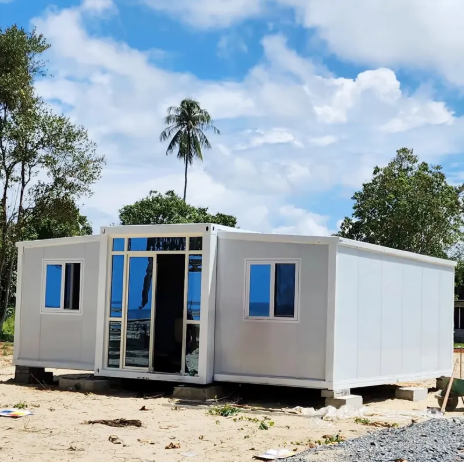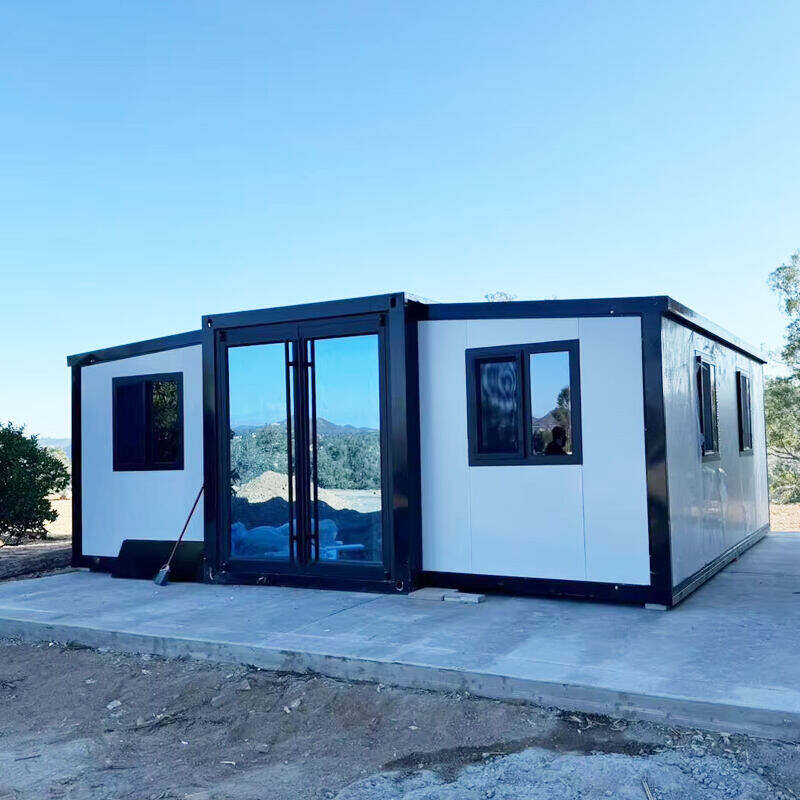prefab passive house
A prefab passive house represents the pinnacle of modern sustainable architecture, combining advanced manufacturing processes with energy-efficient design principles. These innovative dwellings are precision-engineered in controlled factory environments before being assembled on-site, ensuring superior quality control and minimal construction waste. The core concept revolves around creating an airtight building envelope that maintains consistent indoor temperatures while minimizing energy consumption. These houses feature triple-pane windows, extensive insulation systems, and heat recovery ventilation units that work in harmony to reduce energy needs by up to 90% compared to conventional homes. The structural components are manufactured using sustainable materials and cutting-edge technology, ensuring both durability and environmental responsibility. The design incorporates passive solar principles, utilizing natural light and heat while strategic window placement and overhangs prevent overheating in summer months. Advanced mechanical systems, including energy-efficient heating and cooling solutions, work alongside smart home technology to optimize energy usage and indoor comfort levels. These houses are engineered to meet or exceed international passive house standards, providing consistent temperatures, superior air quality, and remarkable energy efficiency throughout all seasons.

